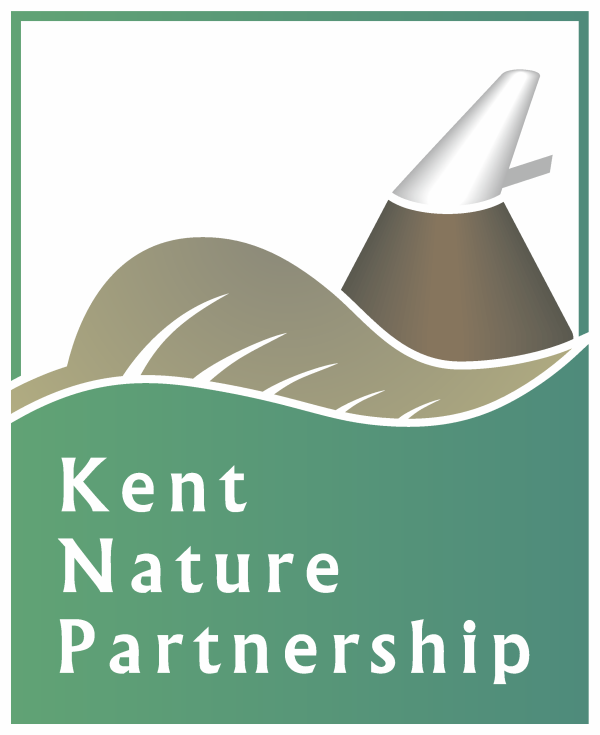
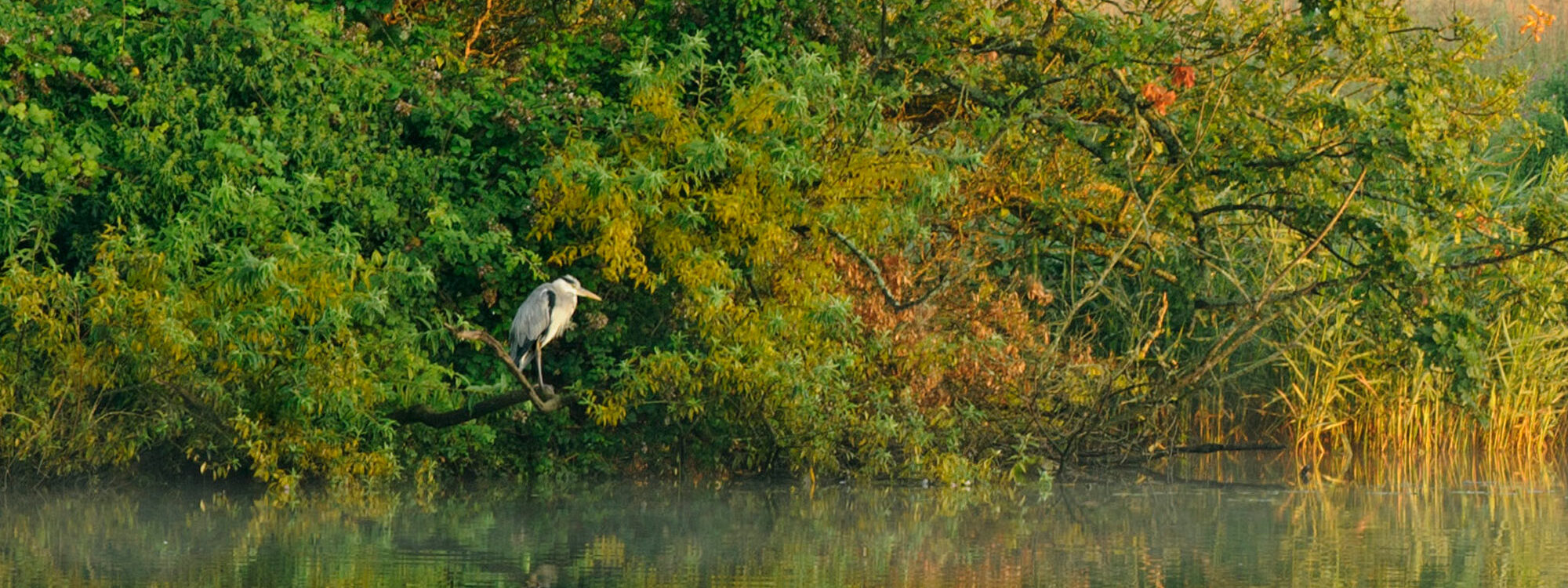
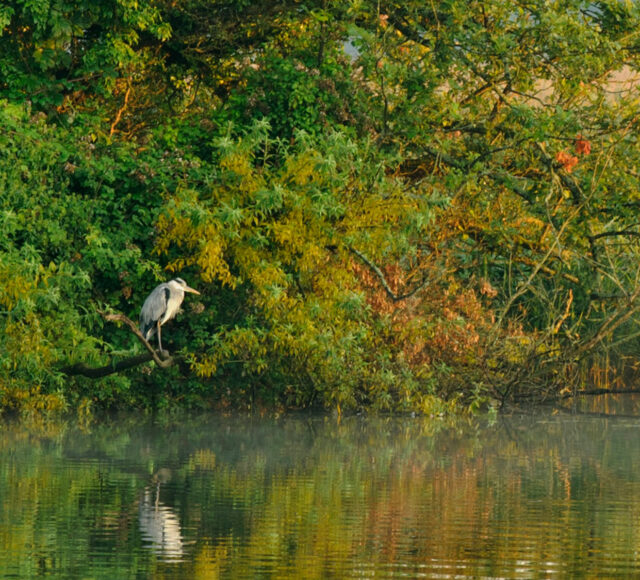
Chapter 7: Conservation Impact Case Studies
The range of initiatives taking place in Kent and Medway for species, habitats, landscapes as well as engagement and nature in relation to people and their wellbeing is considerable.
- Home
- State of Nature
- Chapter 7: Conservation Impact Case Studies
Share by email
These details will not be saved anywhere or used for any purpose other than sending this one-off email
This chapter covers eighteen case studies ranging from the Old Chalk New Downs project to Turtle Dove friendly zones and fisheries management. In each case, the outcomes including the successes and shortcomings are described, along with details of funding streams and partnership approaches.
Highlights
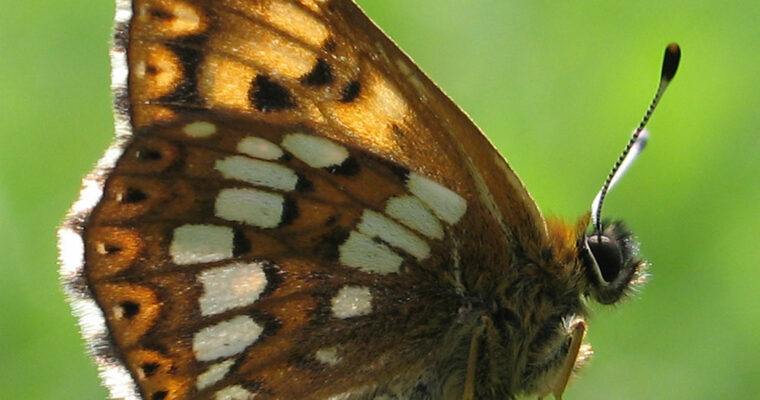
Duke of Burgundy species recovery programme
Butterfly Conservation led a three-year project funded by the National Lottery Fund, called the Denge Woods project (2007 to 2010). The project focused on landowner/woodland owner engagement to restore favourable habitat to ensure that the Duke of Burgundy butterfly was brought back from the brink of extinction.
Page 404
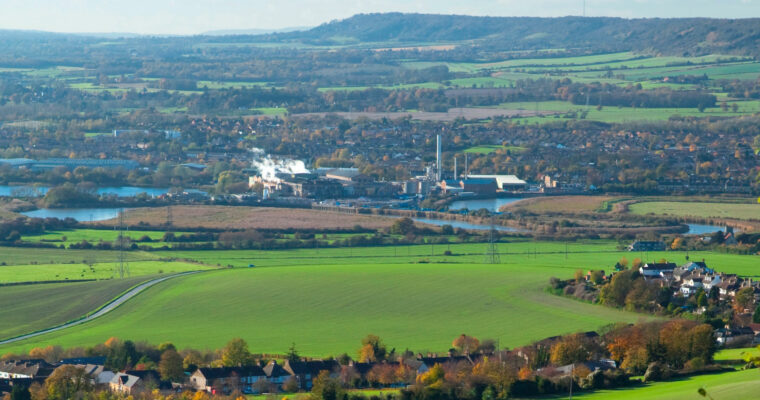
Valley of visions landscape partnership scheme
The scheme’s objective was: (a) To conserve and enhance the Medway Gap’s heritage landscapes and biodiversity. (b) To improve physical and intellectual access to them. (c) To engage local landowners, communities, and visitors sustainably in their exploration, interpretation, and long-term care.
Page 408
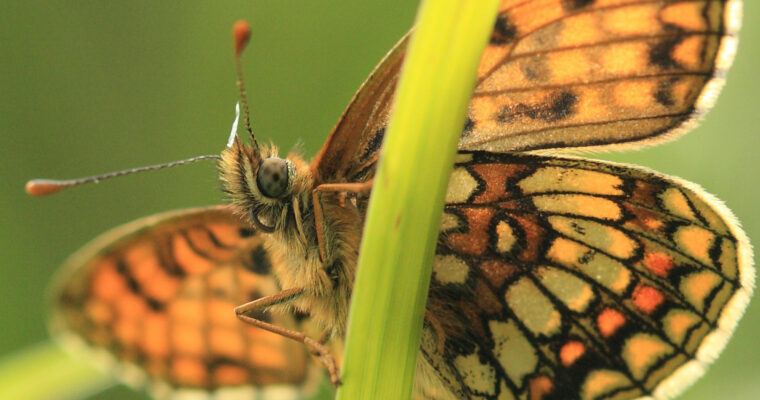
Heath Fritillary species recovery programme
This was a long-term programme to save the Heath Fritillary. The work began in the early 1980s. At that time, the Heath Fritillary was thought to be on the brink of extinction in the UK.
Page 412
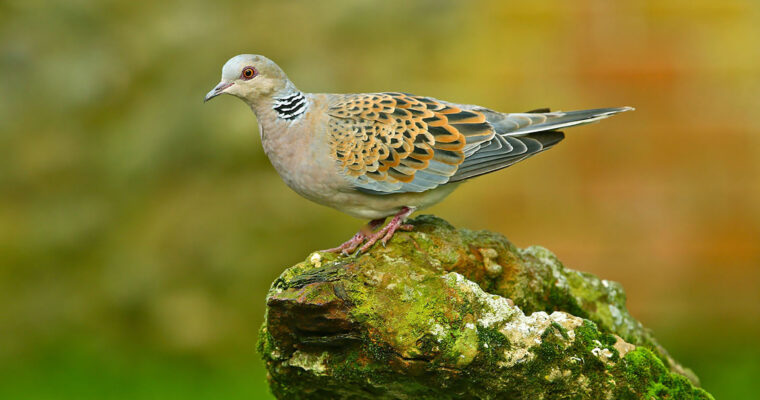
Kent Turtle Dove Friendly Zones (TDFZs) project
Kent is the stronghold for Turtle Dove in the UK. Within Kent, 12 important core Turtle Dove areas have been identified as the highest priority for the species. These areas are known as Turtle Dove Friendly Zones (TDFZs) and are the areas where the RSPB is prioritising its work
Page 416
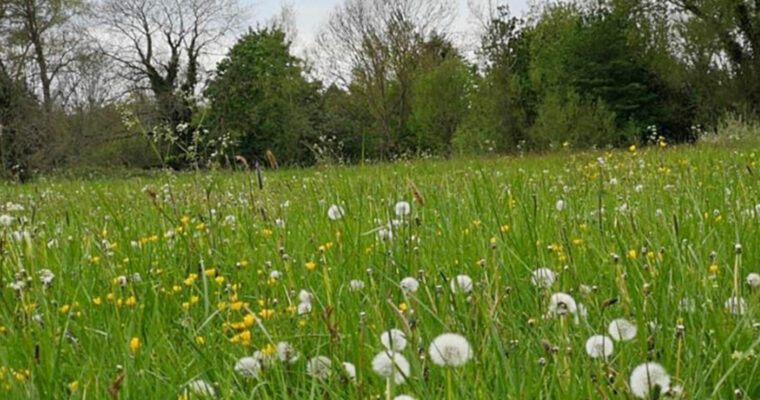
Introduction of haymaking to Yalding Lees to restore species-rich lowland meadow
The project aimed to transform an area of rank neutral grassland as identified in the 2012 Kent Habitat Survey to one which is more species-rich following a change to the historical management regime of a summer cut with the cuttings left on the grassland.
Page 420
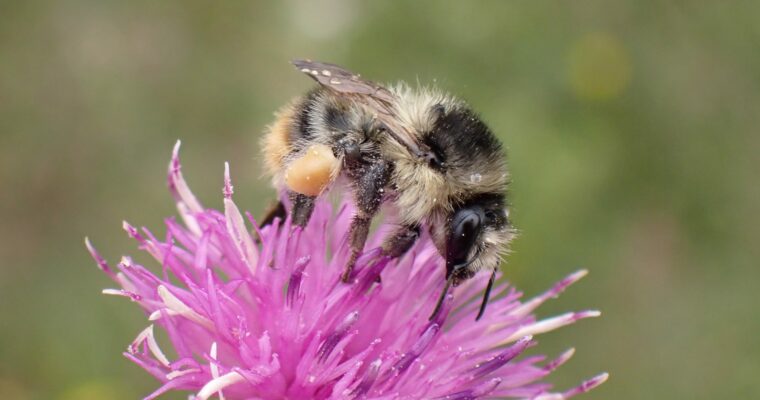
Making a Buzz for the coast (MaB)
Kent is the most important county in the UK for Bumblebee species diversity (22 out of the 24 UK species are present)with five of the UK’s seven rarest bumblebee species present. The north Kent coast is one of the few remaining UK strongholds for the Shrill Carder Bee, one of the UK’s rarest bumblebees.
Page 424
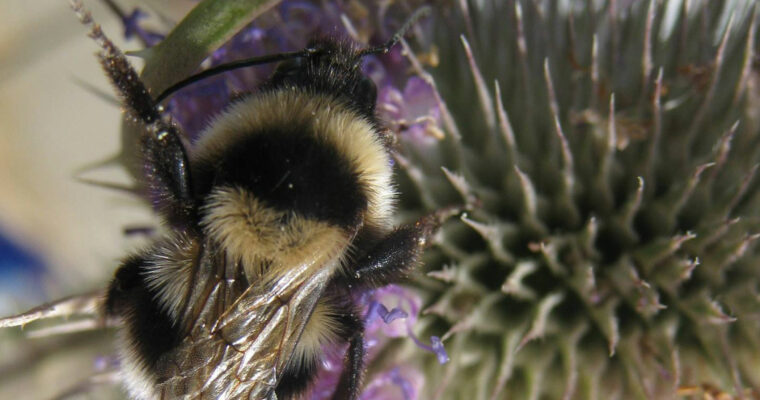
The Short-haired Bumblebee reintroduction Project
The Short-haired Bumblebee was last recorded near Dungeness in 1988 and was declared extinct in 2000. This project aimed to reintroduce this lost species to the UK, raise awareness of Bumblebee and flower meadow declines, increase resident rare Bumblebee populations, and recreate and give advice on managing and maintaining flower-rich areas
Page 428
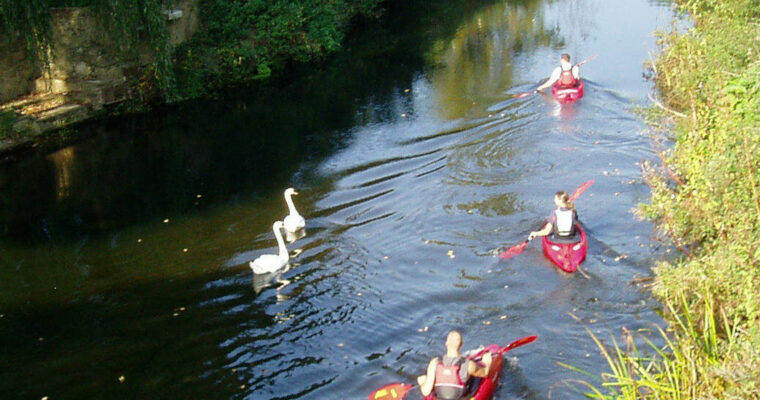
Improving the river Beult SSSI for people and wildlife plan
A new holistic plan for restoration action on the 24.8 km River Beult SSSI was developed as part of the national programme of river restoration planning and implementation on SSSI rivers in England. This plan was led by the Environment Agency and supported by Natural England and the River Restoration Centre.
Page 432
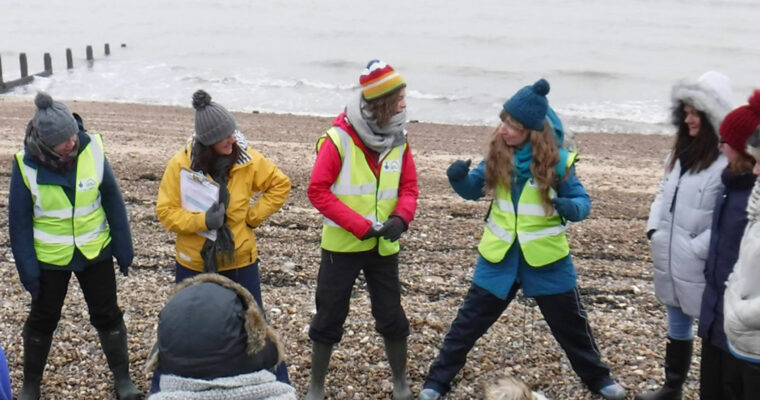
Guardians of the Deep
This project was successful in raising awareness of the existence and importance of Kent’s marine environment and Marine Protected Areas and the issues that affect them. It established an active and ongoing guardianship role for protecting Kent’s marine environment.
Page 436
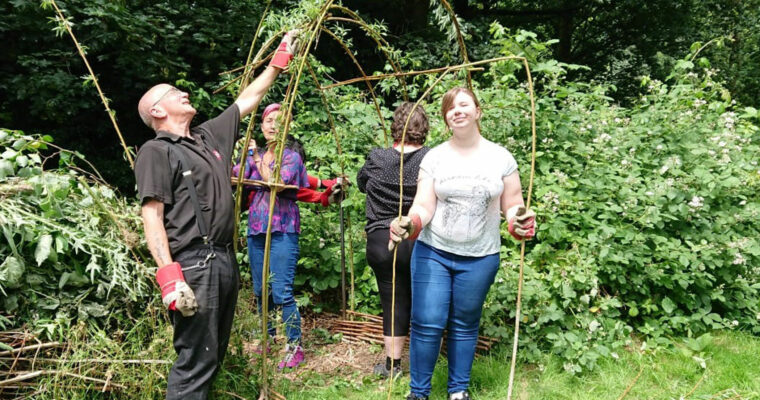
Ecology Island mental wellbeing group
Ecology Island is a secluded woodland site in the middle of Dartford’s Central Park, with the River Darent running alongside. The wellbeing group participants are referred into the project by North Kent Mind and are in recovery from mental health issues or emotional trauma.
Page 440
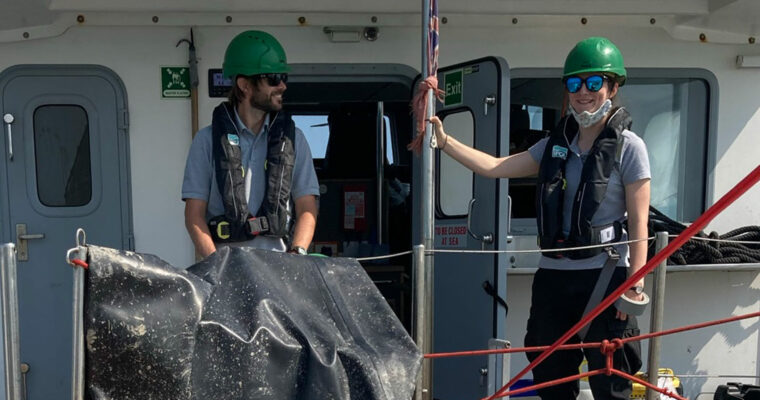
Fisheries management for Goodwin Sands marine conservation zone
The Goodwin Sands Marine Conservation Zone (MCZ) is a large (277 km2) area of dynamic sand banks 6 km offshore from Ramsgate Harbour. The conservation objectives for Goodwin Sands is to recover the circalittoral rock and Ross Worm reefs to a favourable condition.
Page 442
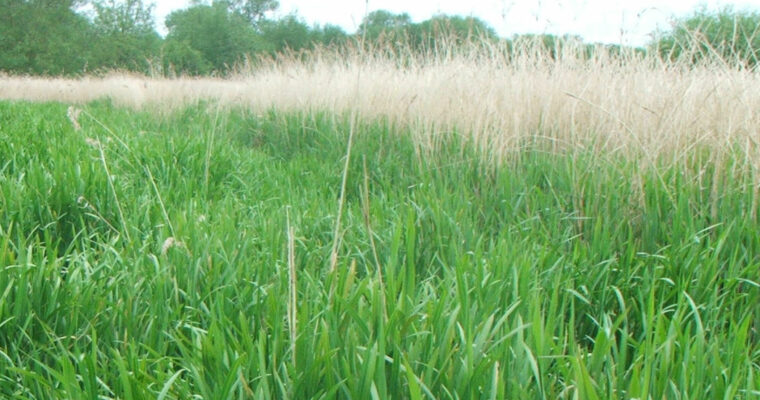
Westbere marshes reserve
In 2006, the Kent Wildfowling and Conservation Association (KWCA) purchased the freehold of 40 ha of reedbed at Westbere Marshes. The KWCA now owns approximately 11% of all reedbed habitat in Kent. The area had been neglected for many years, with mature crack willow and scrub developing across much of the site, especially close to the River Stour which forms one boundary of the marshes.
Page 444

Breeding waders in North Kent
Breeding waders have suffered dramatic declines in the UK and most of their important breeding habitat, grazing marsh, has been lost in Kent. Targeted agri environment schemes and large-scale habitat creation and restoration projects have led to significant population increases for Lapwing and Redshank on the North Kent Marshes.
Page 446
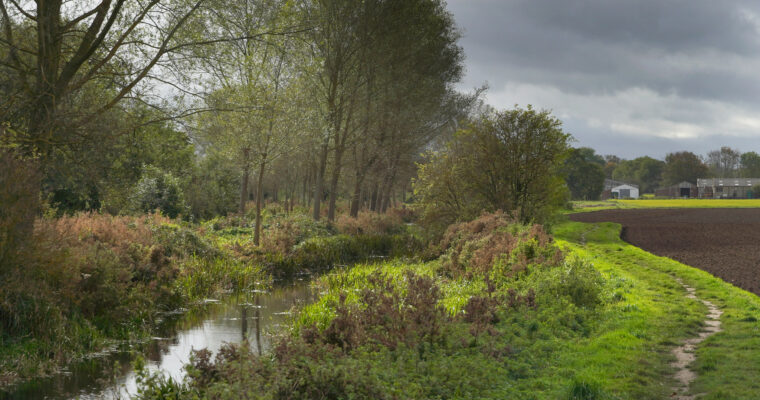
Old Chalk New Downs (OCND)
This project was successful in improving, restoring, and reconnecting threatened chalk grassland habitats and other habitats over a wide area of the Kent Downs. It also reconnected people with their natural environment and natural environment and heritage
Page 450
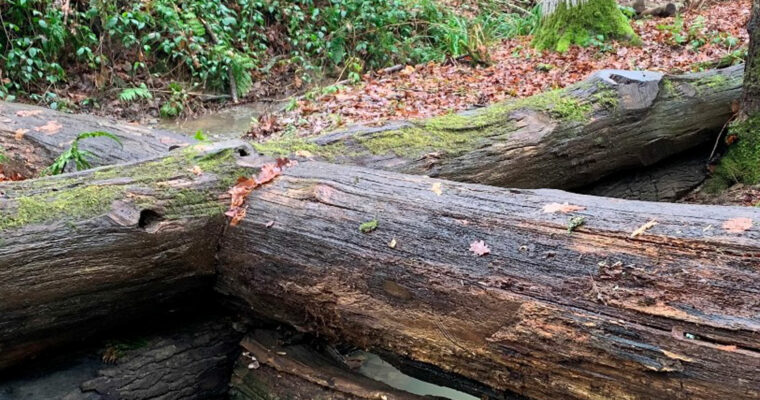
Medway natural flood management project
This project was one of the national EA Natural Flood Management (NFM) pilot projects and partnered with the South East Rivers Trust. It used natural woody structures and water management techniques to slow and store water to reduce flood risk and enhance the environment.
Page 454
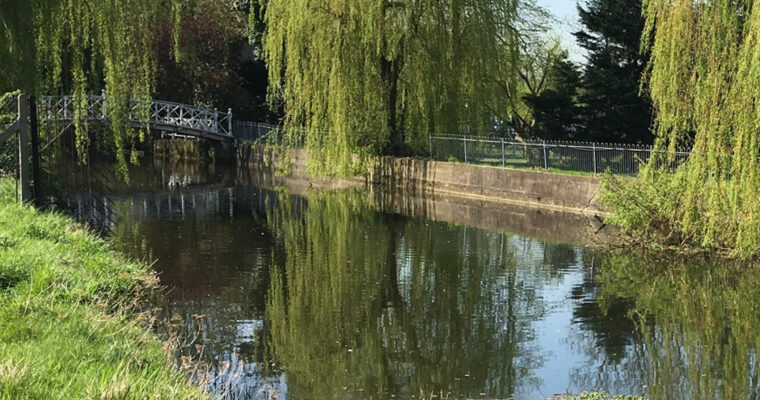
Central Park, Dartford – River Darent restoration
This focused-on restoration of the River Darent, chalk stream habitat, in Dartford Central Park and Acacia Hall. It restored of 700 m of chalk stream habitat, improved fish passage and the river environment for park users. South East Rivers Trust and Dartford Borough Council led the project.
Page 456
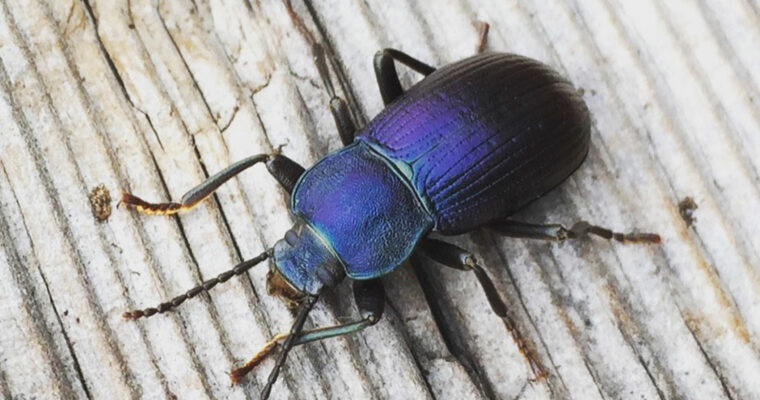
Great Bells Farm
The creation of 193 ha of coastal flood plain and grazing marsh habitat on a former arable farm on the Isle of Sheppey. Due to sea-level rise, coastal flood plain and grazing marsh habitat is increasingly under pressure as it becomes squeezed up against sea wall defences around the Kent coast.
Page 458
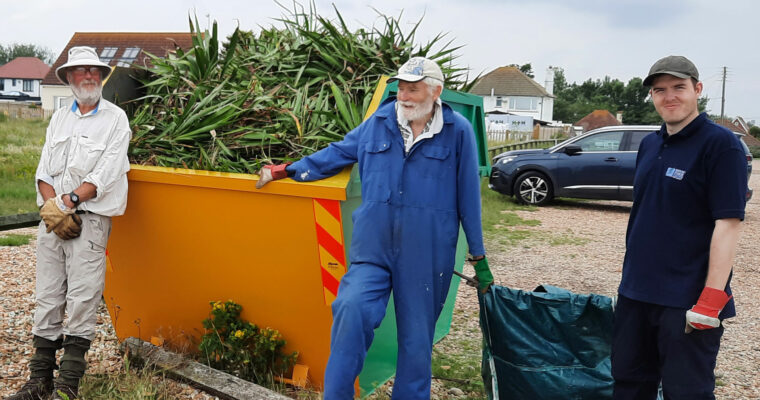
Shingle on the cusp
Much of the unique vegetated shingle habitat in the area has been either completely lost or severely degraded. This is due to development, historic conversion to arable farmland, gravel extraction, visitor pressure, military activities, flood defence works and invasive species encroachment.
Page 462
